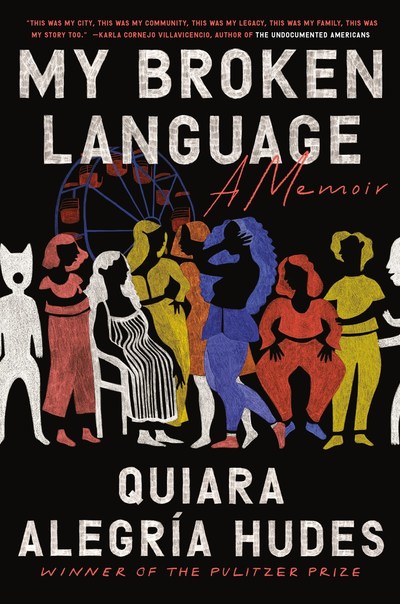Carolina De Robertis’ conversational fifth novel is as much about storytelling as it is about José “Pepe” Mujica. The former Uruguayan leader is known as the “world’s poorest president,” as he donated nearly 90% of his presidential salary to charity. Without ever naming him outright, The President and the Frog takes Mujica’s stranger-than-fiction life story and imbues it with a quirky, mystical grace.
De Robertis’ Mujica is an old man at the tail end of his political career. After surviving well over a decade as a political prisoner and then serving as president, he now lives as a humble flower farmer “in a near-forgotten country.” On a November afternoon, he entertains the questions of a prying Norwegian journalist. He endeavors to hide the reality of his past from her, but his mind cannot help but drift back to the years he spent in prison, much of it in solitary confinement, and the reader is transported back in time with him. We discover that he survived those difficult years through the help of a talking frog.
This premise calls to mind Manuel Puig’s 1976 novel, Kiss of the Spider Woman, as the president uses (deep, hilarious, tangential) conversation to survive the literal and figurative darkness of incarceration. De Robertis also breaks up this darkness by describing the president’s present-day surroundings, a lush landscape that is reflective of his passion for making things grow. He is a charming man who pours endless cups of yerba mate to share with anyone who cares to take a sip, and the novel that surrounds him is similarly inviting.
La novela del dictador—“the dictator novel”—is a staple of Latin American literature that explores the political and psychological implications of authoritarian governments. Think Gabriel García Márquez’s The Autumn of the Patriarch (1975) or Mario Vargas Llosa’s The Feast of the Goat (2000). As the novel’s gaze turns toward contemporary North America, however, De Robertis goes a step further by remixing the genre. In North America rather than Latin America, a celebrity “dictator” has risen to power. This political leader is never named outright as Donald Trump, just as De Robertis’ protagonist is never dubbed Pepe Mujica—yet there is no room for doubt. Despite this grand statement, De Robertis is ultimately less concerned with critiquing political systems than with unveiling how survival might be achieved within them.
While De Robertis’ choice not to name the people and places of her novel may be viewed as stylistic bandwagoning, it allows her to remain engaged with the “once upon a time” dreaminess with which her novel kicks off. Yet it is perhaps because the novel is inspired by a real man’s life that it ultimately succeeds. The President and the Frog reminds us that hope can be found anywhere, even in the most wretched conditions. And that is a shot in the arm we all could use.
















